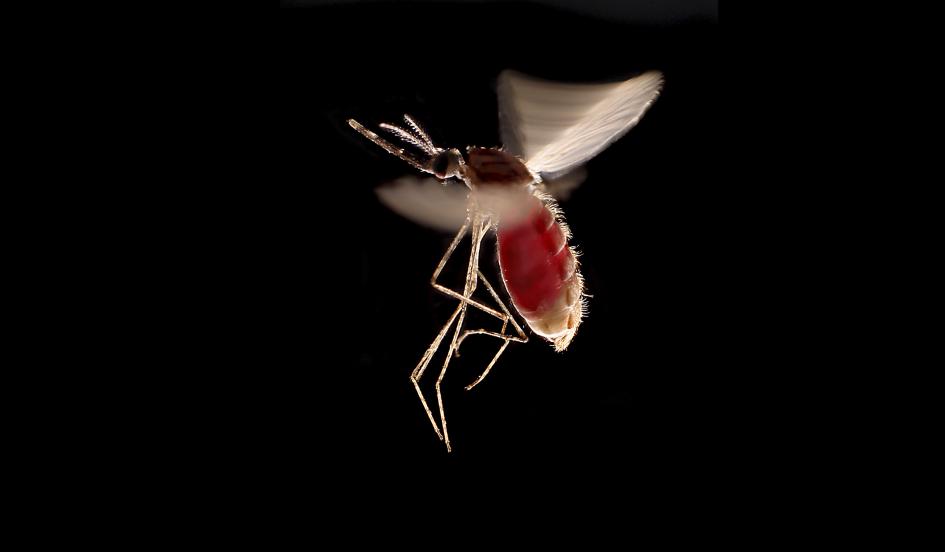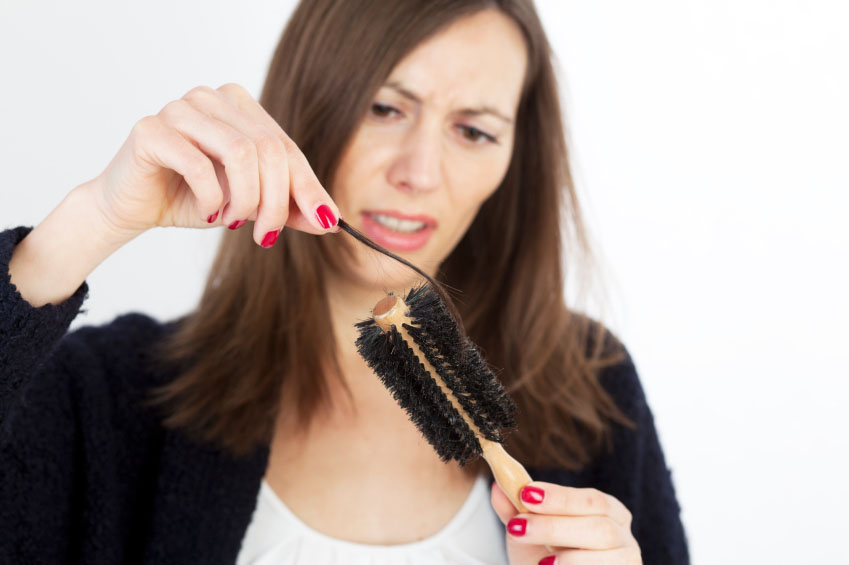 Pop star Pink was named UNICEF ambassador for a new initiative that seeks to promote physical activity in young American children, while raising money for vitamin-rich and healthy peanut paste that would be sent to children suffering from malnutrition.
Pop star Pink was named UNICEF ambassador for a new initiative that seeks to promote physical activity in young American children, while raising money for vitamin-rich and healthy peanut paste that would be sent to children suffering from malnutrition.
“I got to watch mommas learning how to feed it to their kids,” said Pink, whose birth name is Alecia Moore. “And within a week, you can see the difference in these children. It brings them back to life. It’s amazing.”
Pink is also the national spokeswoman for another UNICEF initiative – the Kid Power Band – which is a fitness band for children that promotes exercise by means of an interactive app. With the fitness band, children can garner points by doing healthy things like taking 12,000 steps a day or achieving a pre-set goal. UNICEF’s partner firms, such as Disney and Target, will send funds required to deliver the peanut paste packets to Haiti and other nations affected heavily by child malnutrition as the kids keep earning points.
According to Pink, her recent trip to Port-au-Prince, Haiti was an eye-opening experience, one that had made her more passionate about UNICEF’s endeavors. And it was there where she saw previously malnourished children become healthier through the food packets.
“When you get to see it with your own eyes and you see that something works, then it’s a lot easier to get behind and advocate for it and try to make other people aware of it,” she said. “(UNICEF) found a brilliant way, and a fun way, to get kids here involved and empowered and motivated. And they are also turning them into global citizens and they get to be hands-on.”










